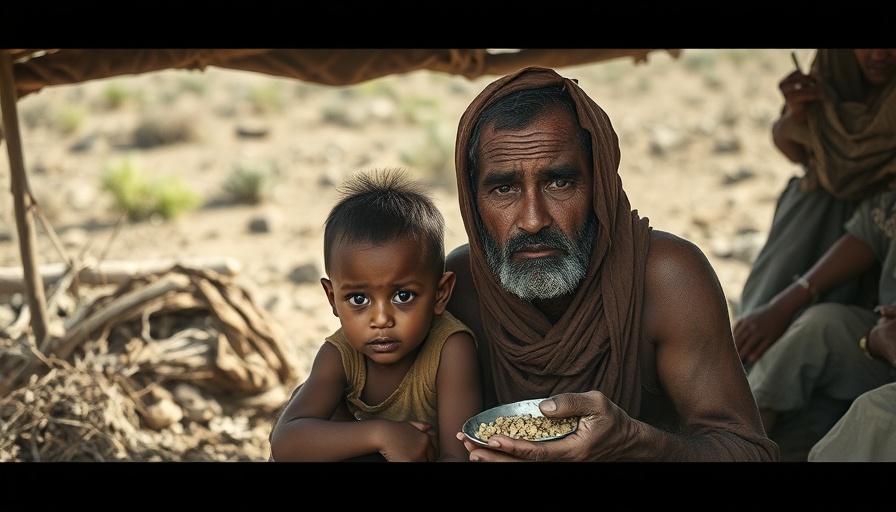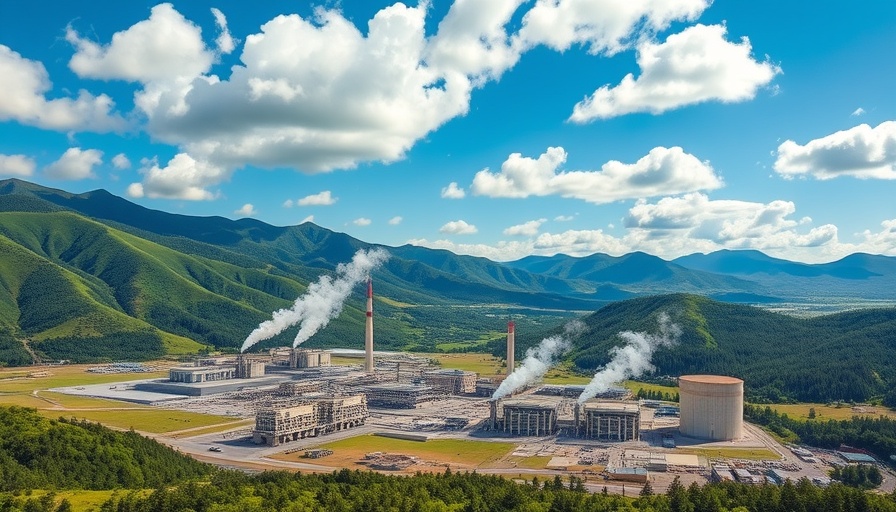
Exposing the Hidden Crisis: The Reality of Piracy Against Fishers
The recently uncovered statistics reveal a harrowing truth about piracy that often goes unnoticed, especially regarding small-scale fishers. While narratives typically focus on large commercial vessels, a project led by researchers highlights a significant but overlooked reality: from 2003 to 2023, attacks on fishers accounted for 14% of piracy incidents worldwide. This figure, sourced from organizations like the International Maritime Bureau (IMB), only scratches the surface of a dire situation.
The Anatomy of a Fishing Tragedy
Imagine a fishing expedition on a sunny morning, transforming into a nightmare as armed pirates attack without warning. Such was the case off the coast of Suriname, where 20 fishermen faced brutality beyond comprehension. As we delve deeper into such incidents, it's clear that these attacks instill a growing fear within fishing communities, which are often inadequately protected within global maritime discussions.
Understanding Victimization: Why Fishers are Overlooked
Despite the alarming numbers, the reality is that fishers remain marginalized in wider piracy conversations. Current academic and policy frameworks often analyze piracy's economic impact or discuss why fishers might turn to piracy, largely overlooking their victimization. To address this gap, researchers conducted a thorough investigation using press reports and academic sources to document incidents of piracy against fishers, unveiling the breadth of the underreporting.
The Economic Impact: A Worrying Trend for Coastal Communities
With environmental and social implications at stake, the impacts of these piracy incidents extend far beyond immediate physical harm. Coastal communities rely on fishing as a primary source of income. Events such as the attack off Suriname’s coast lead to not just loss of life and physical harm but also long-term economic challenges and diminished trust in safety protocols for fishers. This cyclical damage creates an ongoing crisis affecting the very backbone of local economies.
Redefining Maritime Security: Bridging the Gap
To shift the paradigm, it's critical to include small-scale fishers in discussions surrounding maritime security and piracy. On a global scale, there is an urgent need for enhanced data-gathering efforts and reporting systems that acknowledge victims rather than just threats. Policymakers must prioritize protective measures that integrate community input to create a more sustainable future for these vulnerable groups.
Actions to Mitigate the Threats: What Can Be Done?
The challenge of piracy against fishers can no longer be brushed aside; rather, actionable initiatives must be implemented globally. This includes establishing effective law enforcement frameworks, providing better training for local security personnel, and enhancing community awareness and engagement in reporting incidents. Developing sustainable fishing practices and addressing root causes of piracy—such as poverty and overfishing—will ultimately contribute to broader security in coastal waters.
Final Thoughts: The Importance of Awareness and Action
The journey towards protecting fishers requires a collaborative effort from governments, NGOs, and communities. As we confront piracy at its roots, it is vital to raise awareness and encourage participation in sustainable practices that protect not only fishers but also our oceans. Each reader can play a role by sharing information, advocating for policy changes, and opting for sustainably sourced seafood in their consumption choices. Together, we can foster an environment that nurtures both ecological integrity and community resilience.
 Add Row
Add Row  Add
Add 



Write A Comment